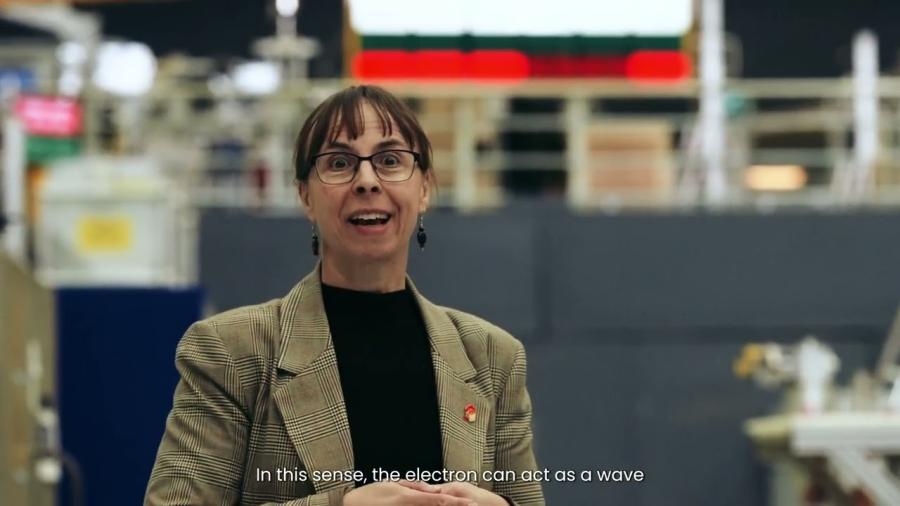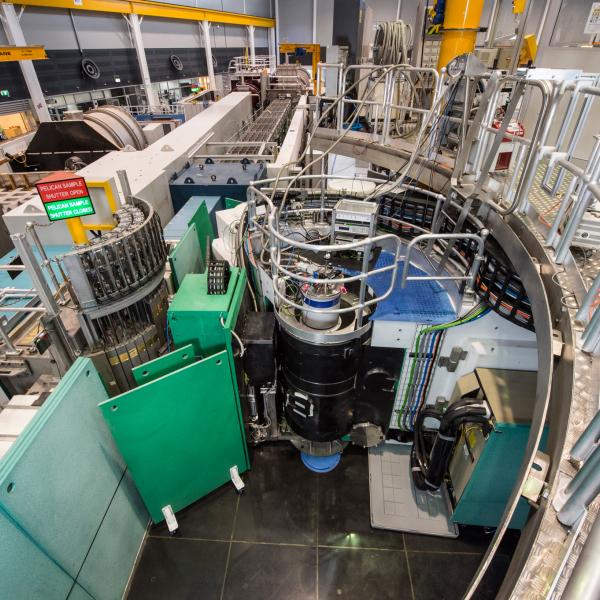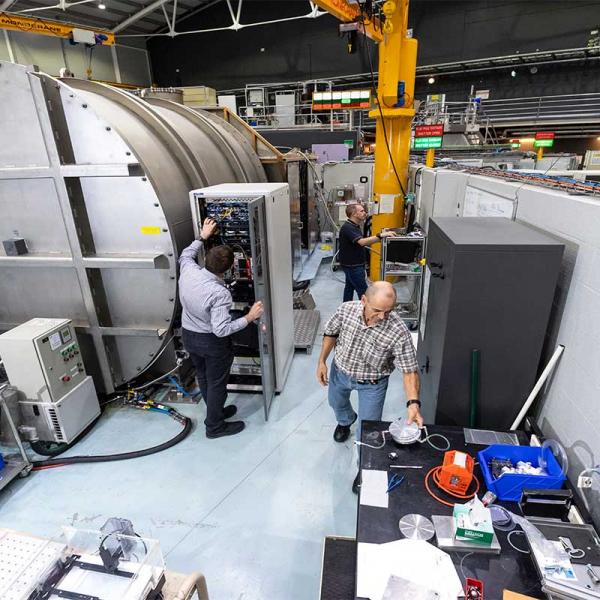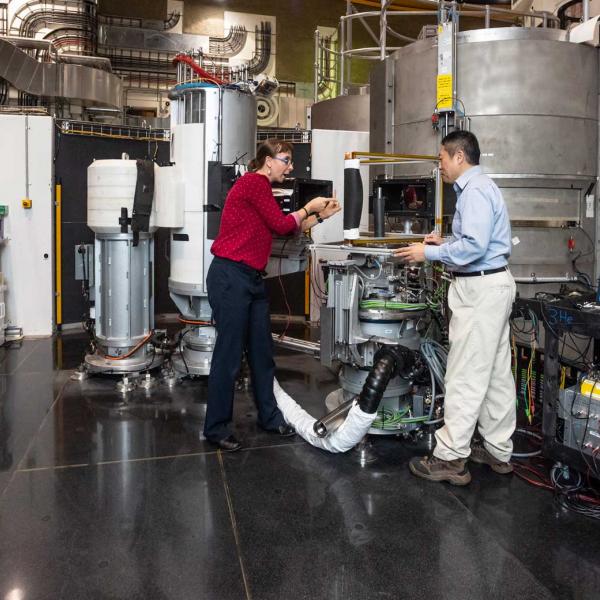

Published on the 13th August 2025 by ANSTO Staff
National Science Week celebrates Decoding the Universe – Exploring the unknown with nature’s hidden language by exploring the fundamental languages of nature, including mathematics and the groundbreaking field of quantum science.
ANSTO uses quantum-based techniques and other capabilities to investigate the nature of quantum materials.
But what is quantum science?
Quantum theory explains the strange and unpredictable behaviour of subatomic particles and the smallest amounts of energy.
Quantum theory suggests that energy consists of small units, known as quanta. A single unit is called a quantum. Because a fraction of quantum cannot exist, an amount of energy is always equal to a whole number of quanta. The electromagnetic spectrum is a form of energy that includes radio waves, visible light and x-rays. These can each be described by quanta where the amount of energy in each quantum depends on the frequency of the radiation. This is why heating a metal bar makes it glow first red, then yellow and finally white. As the temperature rises, the quanta in the photons gain more energy. This increases the frequency of the photons, so that the light changes colour. A photon is a quantum of electromagnetic radiation, which includes radio waves, light and X-rays. Each wave or ray consists of a stream of photons.
Wave-particle duality refers to the way in which light and other types of electromagnetic radiation act both as waves and particles. Electromagnetic radiation, such as visible light produces observations that could only be described by waves. These include the observation of interference, which is the effect that makes colour appear in bubble shapes. But light also behaves as a stream of particles, known as photons. Photons can cause solar cells to produce electricity. Just as electromagnetic radiation acts as particles, subatomic particles such as electrons can act as waves.
The uncertainty principle states that the behaviour of particles cannot be predicted exactly. It is impossible to measure both the momentum and the position of a particle, such as an electron, at the same time. This means we can never be certain how a particle will behave, only how it will probably behave. The principle is also known as the indeterminacy principle.
Quantum mechanics explains the behaviour of electrons within the atom. Each electron can orbit the nucleus of an atom at different energy levels. Electrons can jump from one level to another when the atom gains energy. The energy supplied can be electricity, light or heat. When the electrons fall back to their original energy level, the energy is given out. As an electron jumps and falls back, the atoms gains and loses one quantum of energy. The amount of energy in the quantum depends on the difference in energy between the two levels.
Neutrons also behave as both a wave and a particle, and at ACNS we harness this behaviour to study the structure and dynamics of new materials. With this technique we can learn more about qubits required for quantum computers, new mechanisms for solid state cooling and design new energy efficient materials for future technologies.
Source: DK Concise Encyclopedia of Science 199




